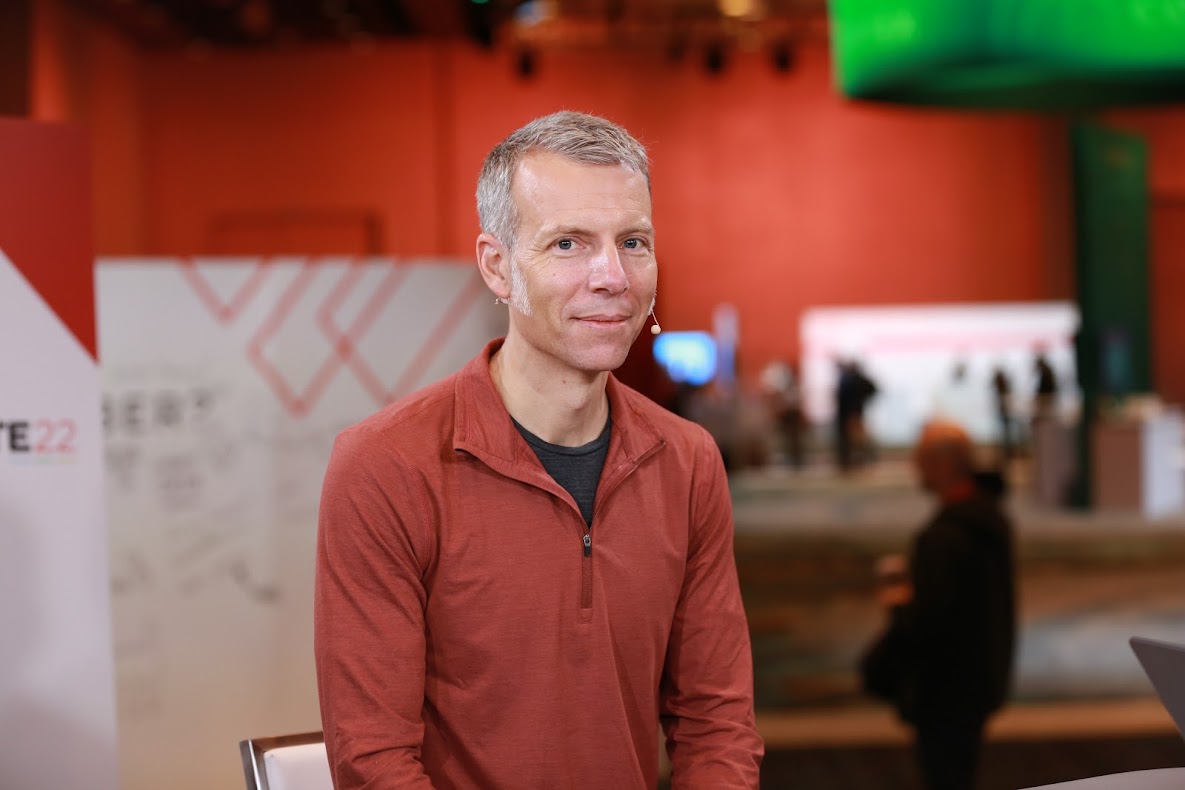 BIG DATA
BIG DATA
 BIG DATA
BIG DATA
 BIG DATA
BIG DATA
A business having 40 or 50 cybersecurity products is not uncommon. One company has even been reported to have over 400 operational on their network at one time, according to Lee Klarich (pictured), chief product officer of Palo Alto Networks Inc.
This is obviously far from ideal, but Palo Alto Networks has been attempting to consolidate and solve more issues with fewer products.
“Integration is actually a technology statement,” Klarich said. “It’s delivering better outcomes because we’ve designed multiple capabilities to work together, natively ourselves as the developers, so that the customer doesn’t have to figure out how to do it.”
Klarich spoke with theCUBE industry analysts Lisa Martin and Dave Vellante at Ignite ’22, during an exclusive broadcast on theCUBE, SiliconANGLE Media’s livestreaming studio. They discussed Palo Alto Networks’ strategy to adapt with the changing cybersecurity world and rising costs. (* Disclosure below.)
If a business has one cybersecurity issue, it makes sense to find a specialized product to solve this one issue. But, ultimately, the truth is that cybersecurity problems rarely come as just one. If you have 100 issues to solve, having 100 specialized solutions is ridiculous, Klarich pointed out.
“Almost every problem that needs to be solved is interconnected with other problems to be solved,” he said.
If a company was, for example, setting up a software-defined wide area network to connect to the cloud, it would usually need to procure two different solutions for security on both the SD-WAN and the cloud, but Palo Alto Networks has one solution.
“We can take our SD-WAN, connect it to Prisma Access, which is our cloud security solution, and we can natively integrate those two things together, such that when you use them together it’s way easier,” Klarich explained.
The cybersecurity industry is increasingly seeing a transition toward vendors becoming partners and offering advice about how to deploy products to best utilize their features. Historically, it has been the case that the cybersecurity company produces the product and can design it to their specification with the customer deploying it themselves. But with the company’s input, the customer could end up deploying it in a much more effective way, according to Klarich.
“We build these products that have our, I’ll call our opinions built into it, and then we sell the product, and then what happens?” he asked. “Customer says, ‘Great, thank you for the product. I’m going to deploy it however I want to,’ which is fine. Obviously, it’s their choice at the end of the day. But we actually should start to exert an opinion to say, ‘Well, here’s what we would recommend; here’s why we would recommend that’ as opposed to just saying, ‘Here’s a product, good luck.’”
Firewalls may seem like somewhat retrograde technology in terms of security, but Klarich believes they will stay for years to come with advancements in next-generation firewalls.
“A next-gen firewall’s job is to inspect every connection in order to make sure the connection should be allowed. And then, if it is allowed, to make sure that it’s secure,” Klarich stated. “Now, what you noticed is that I didn’t describe it as a hardware device.”
Here’s the complete video interview, part of SiliconANGLE’s and theCUBE’s coverage of Ignite ’22:
(* Disclosure: TheCUBE is a paid media partner for Ignite ’22. Neither Palo Alto Networks Inc., the sponsor for theCUBE’s event coverage, nor other sponsors have editorial control over content on theCUBE or SiliconANGLE.)
THANK YOU